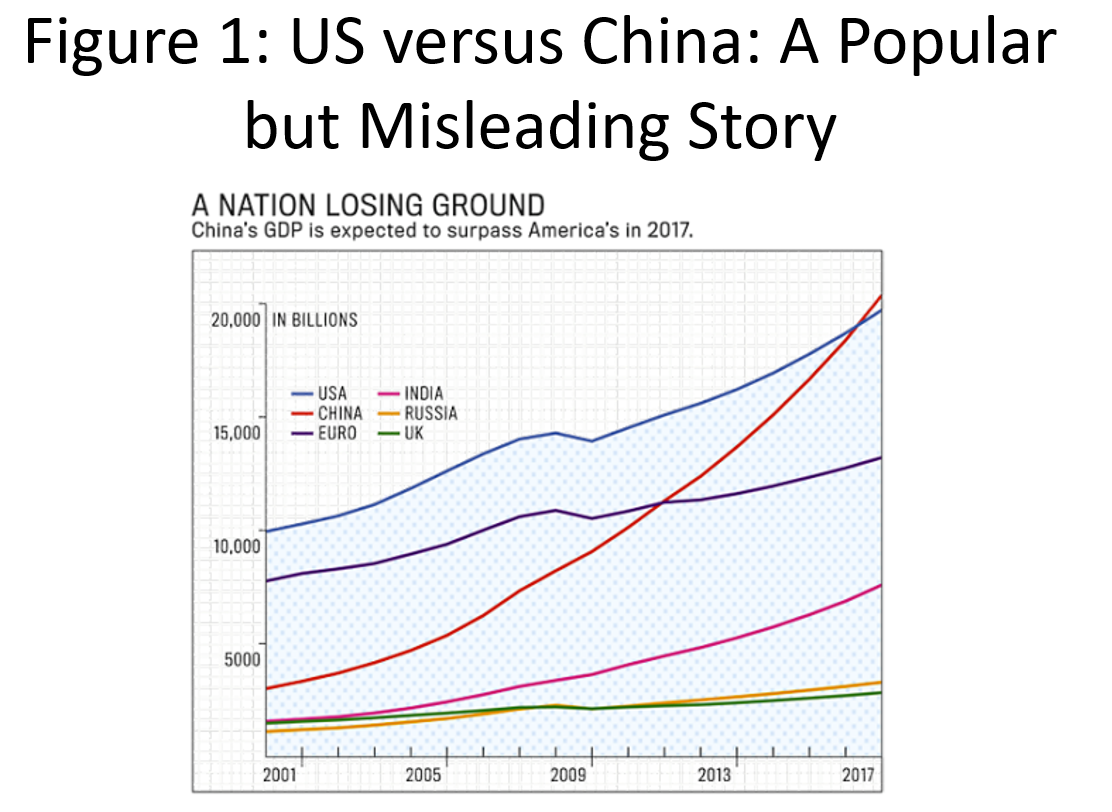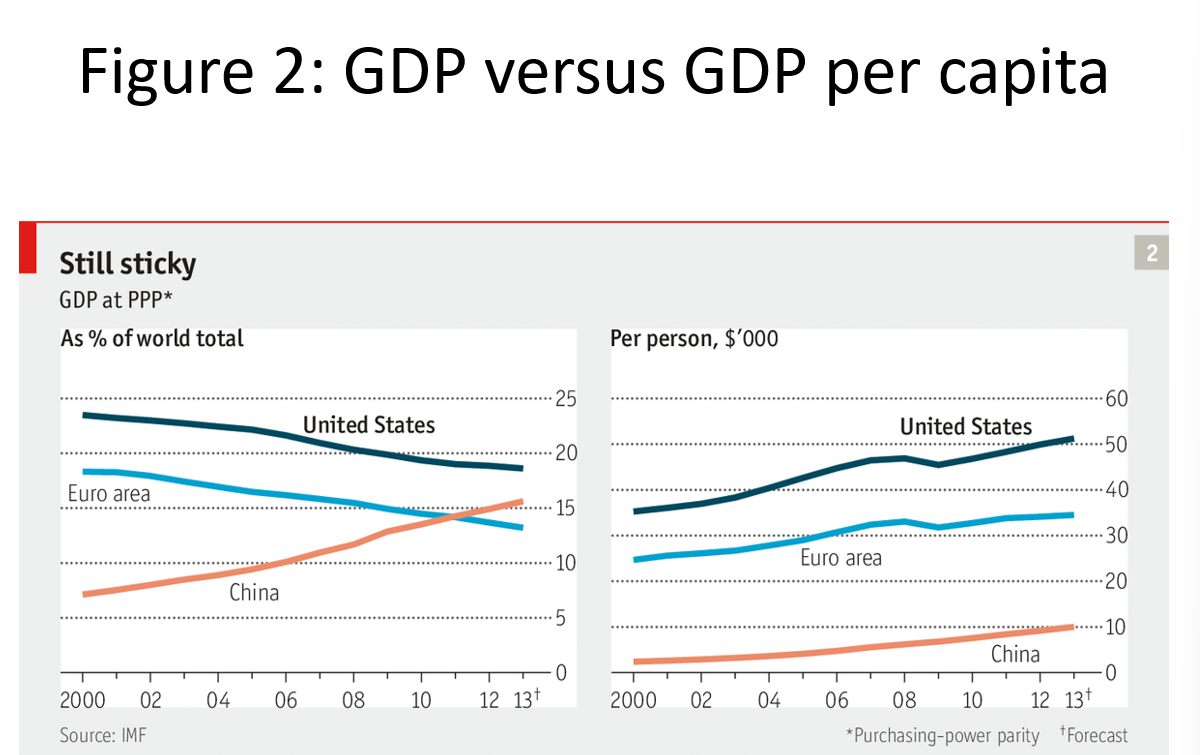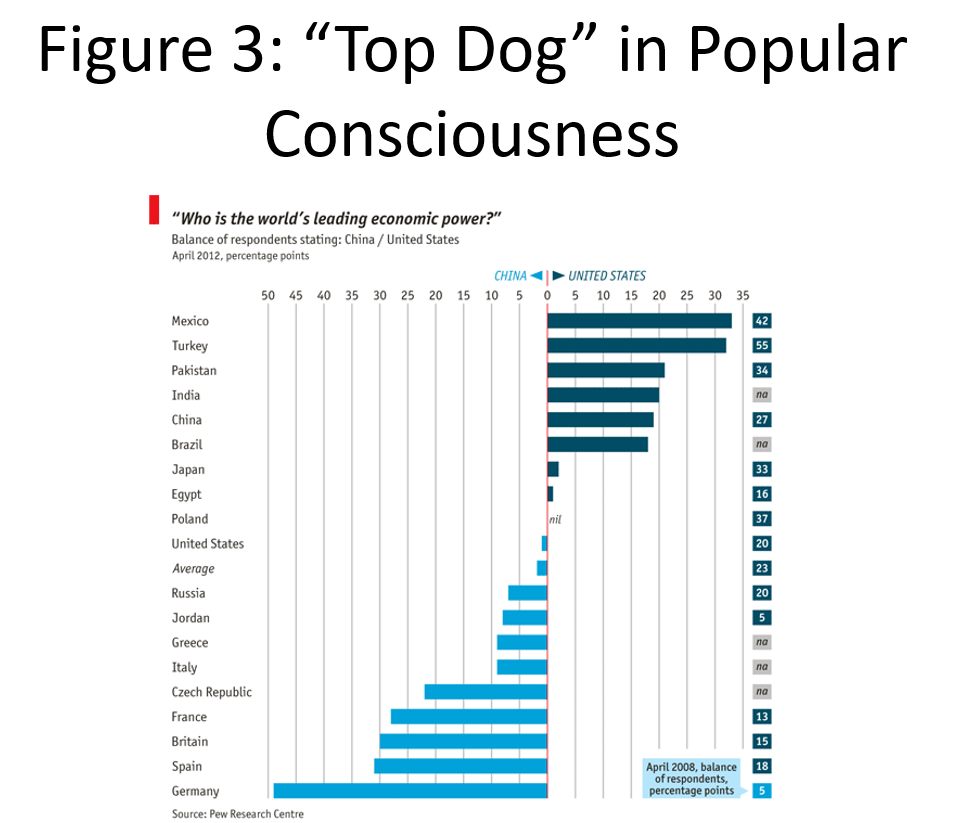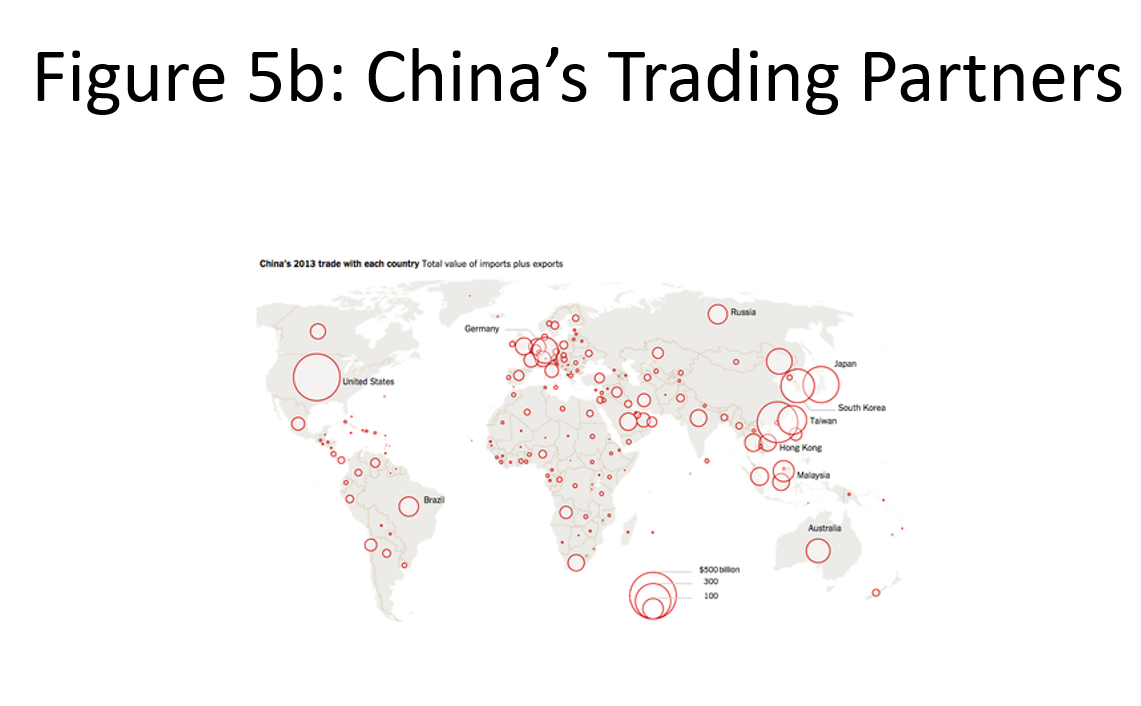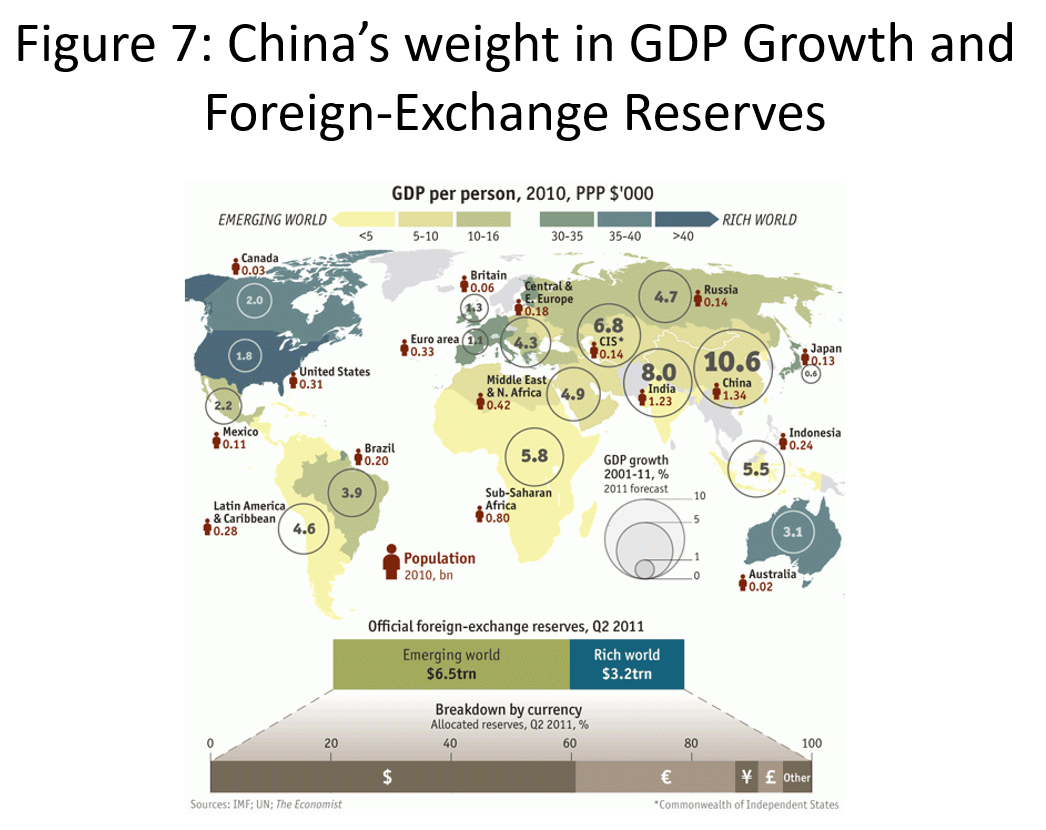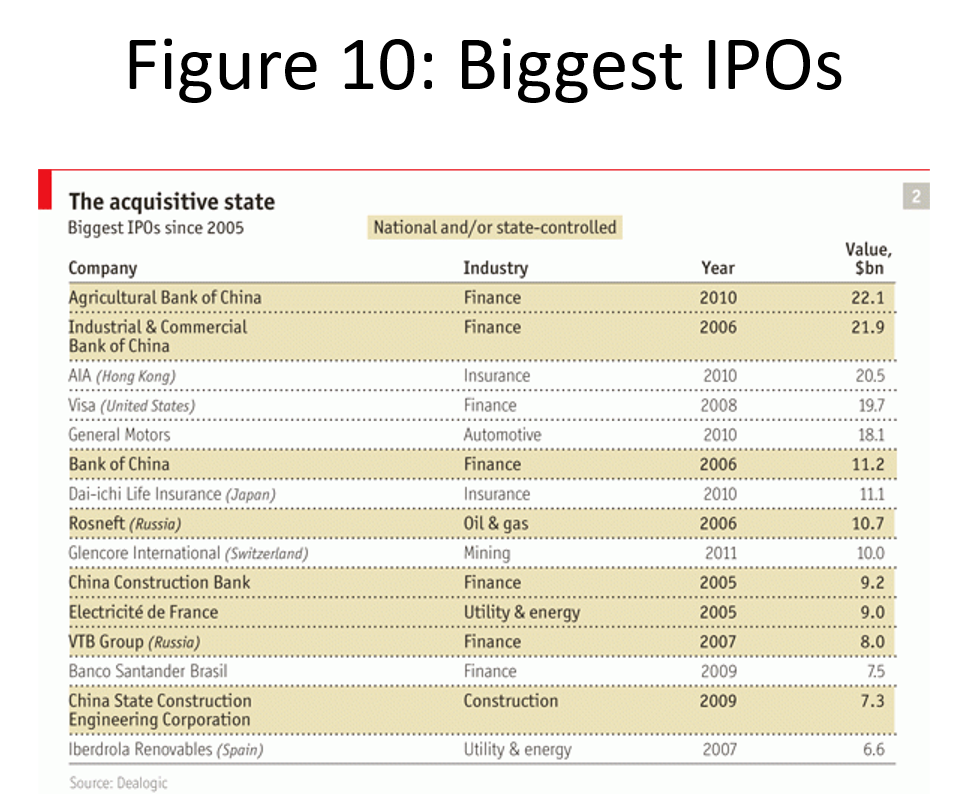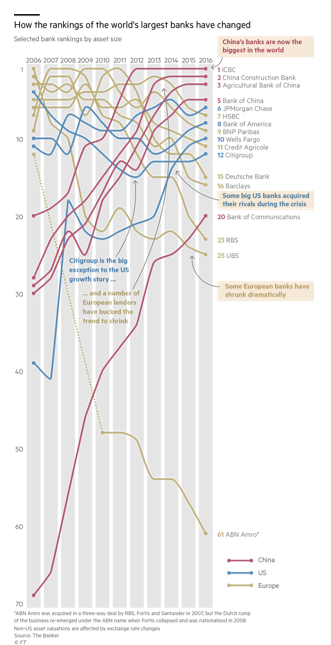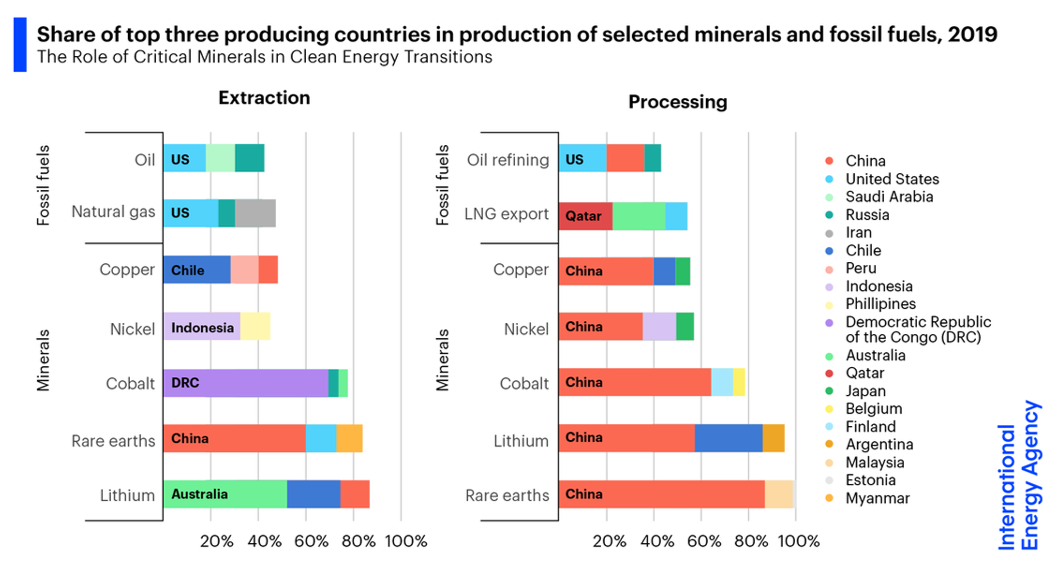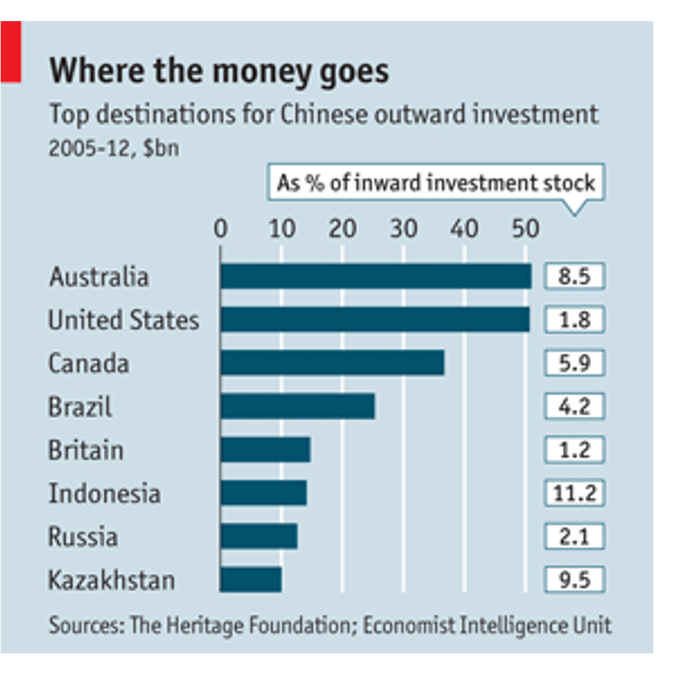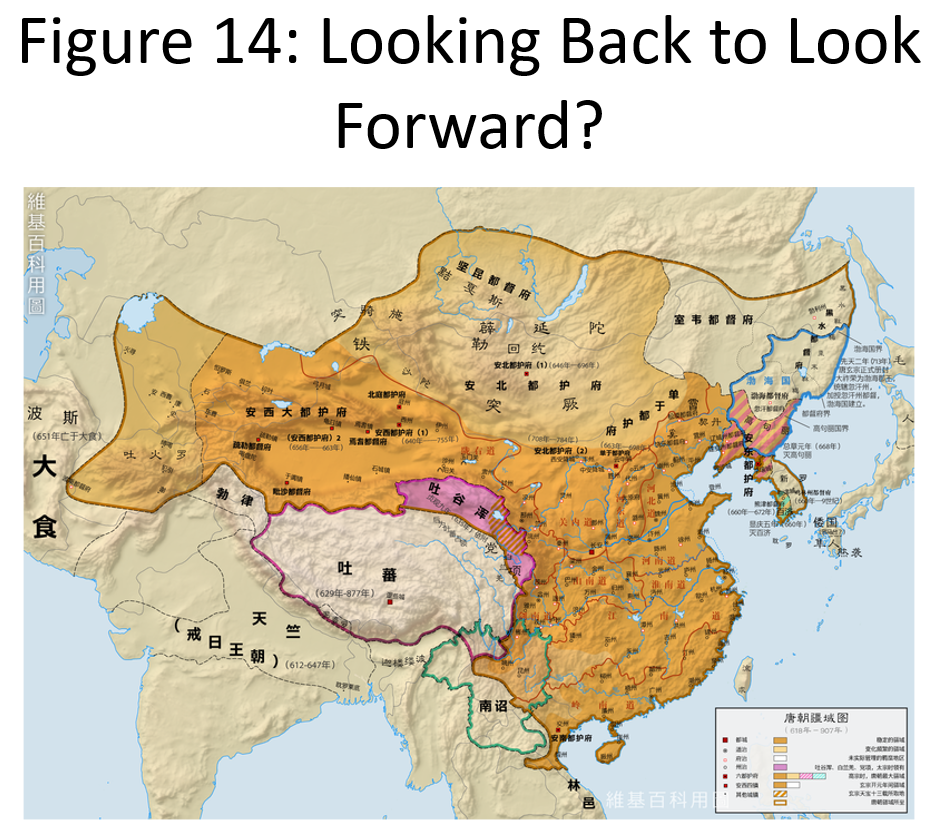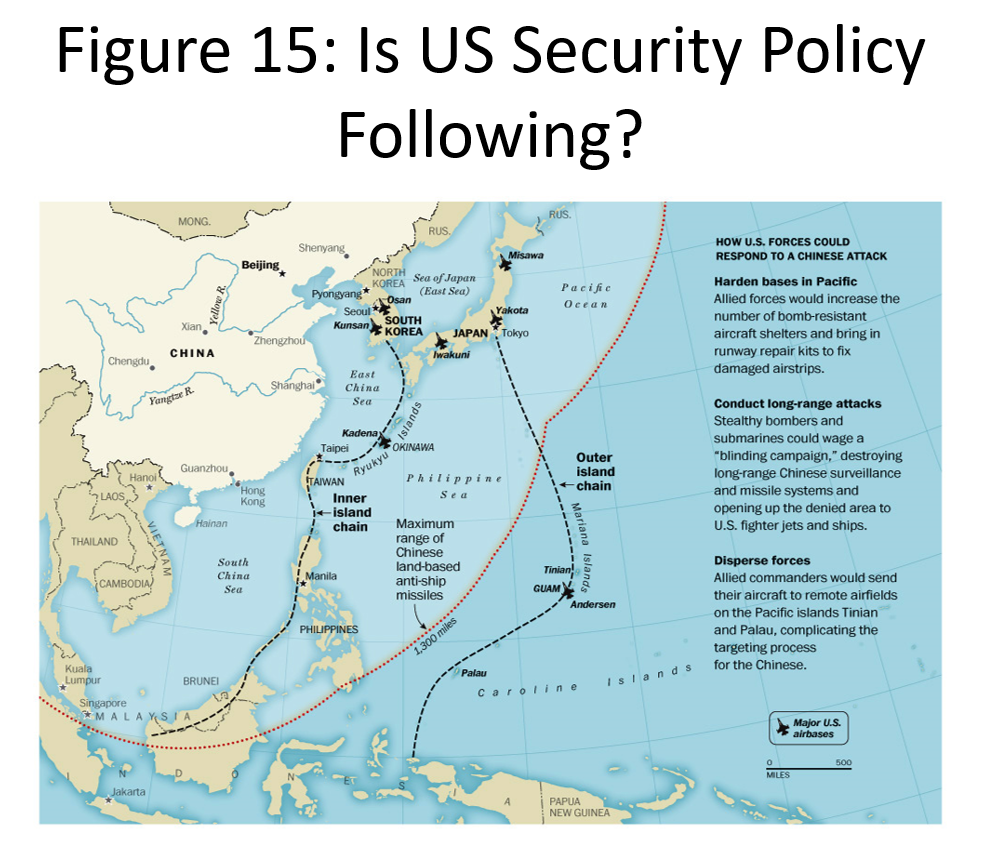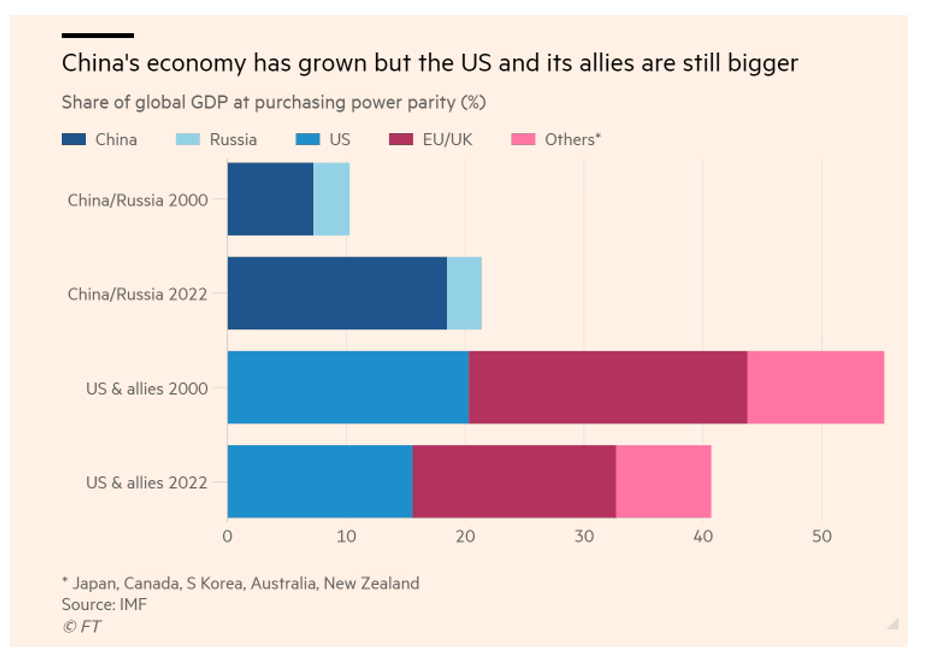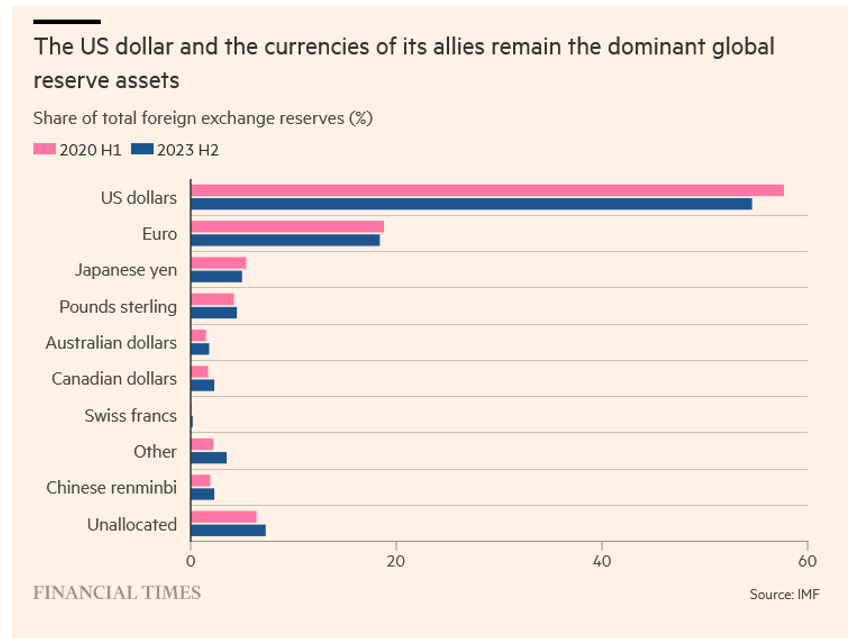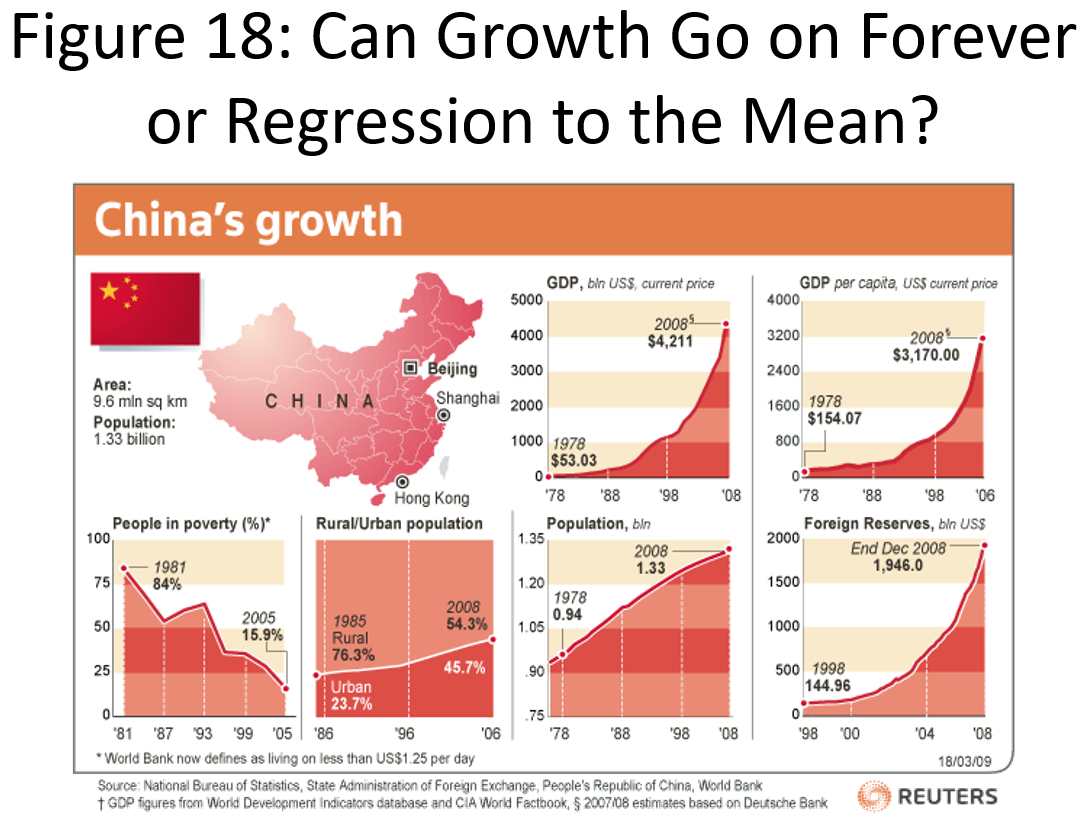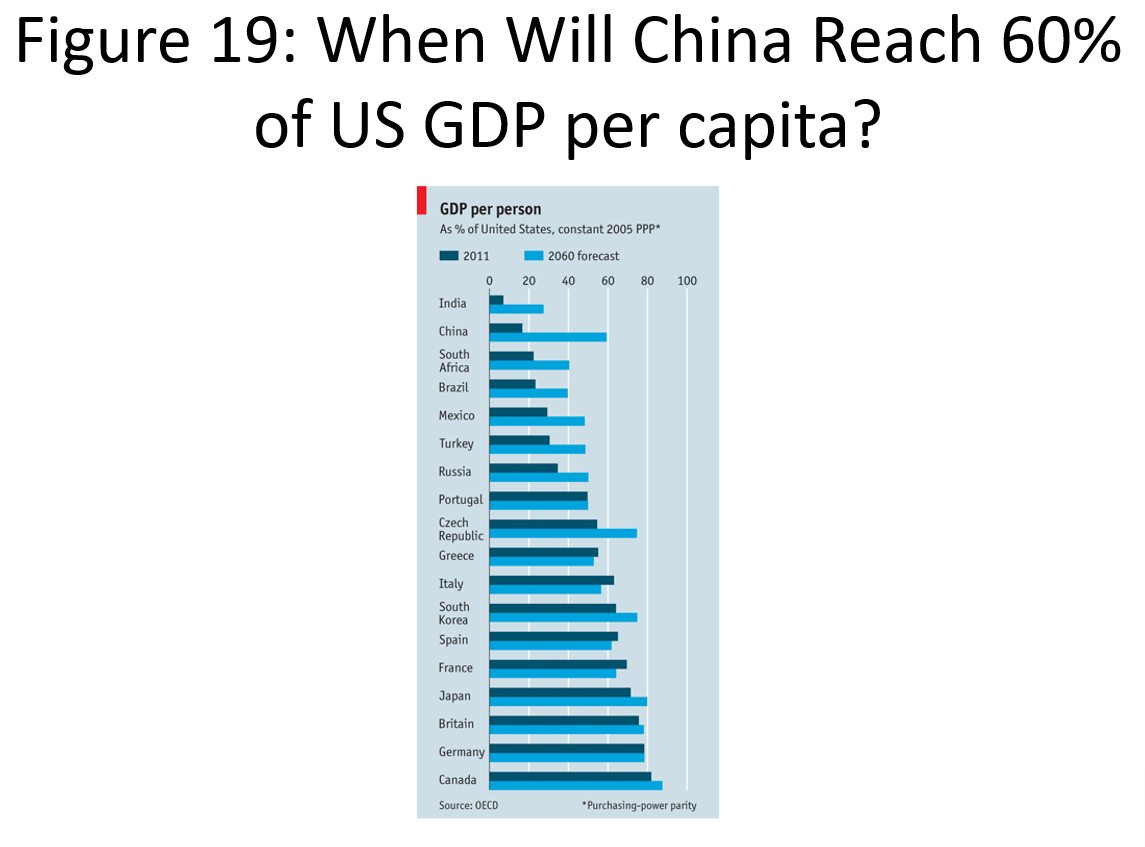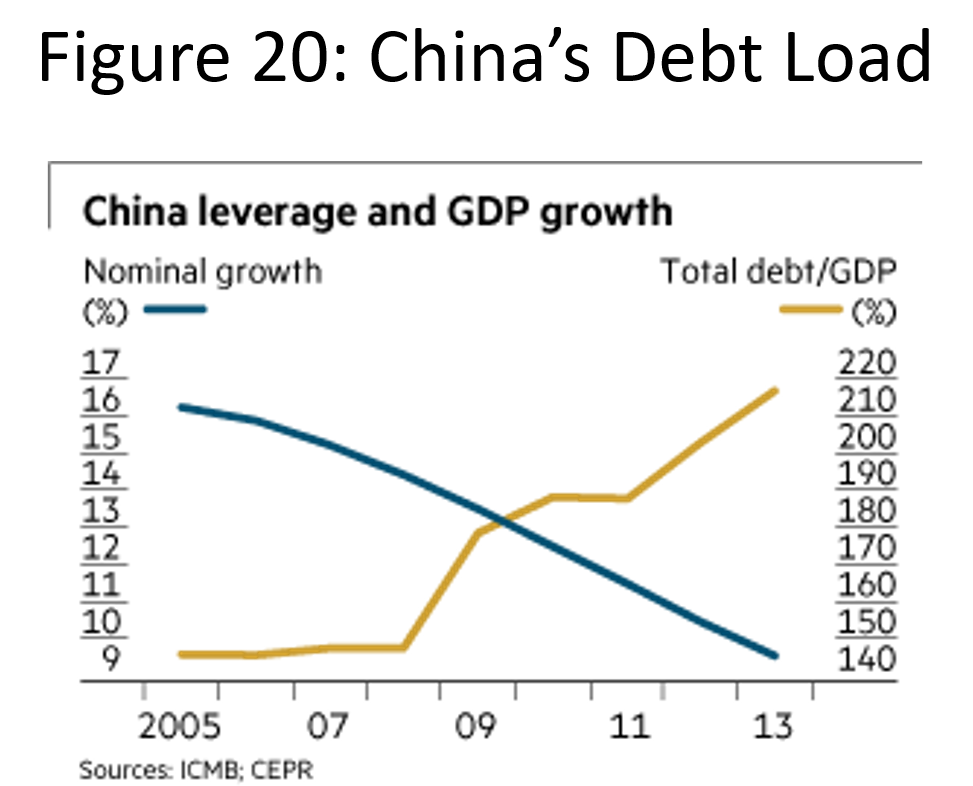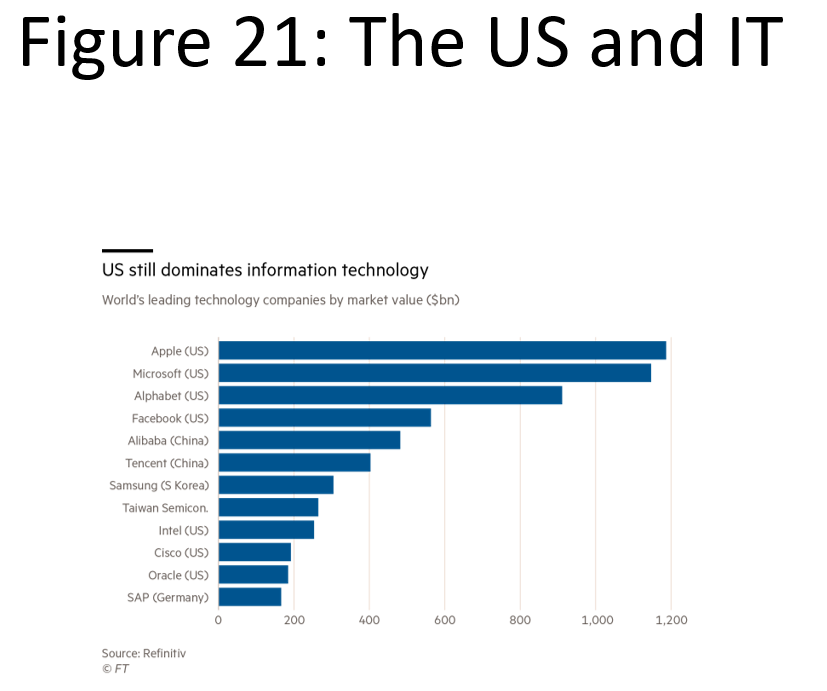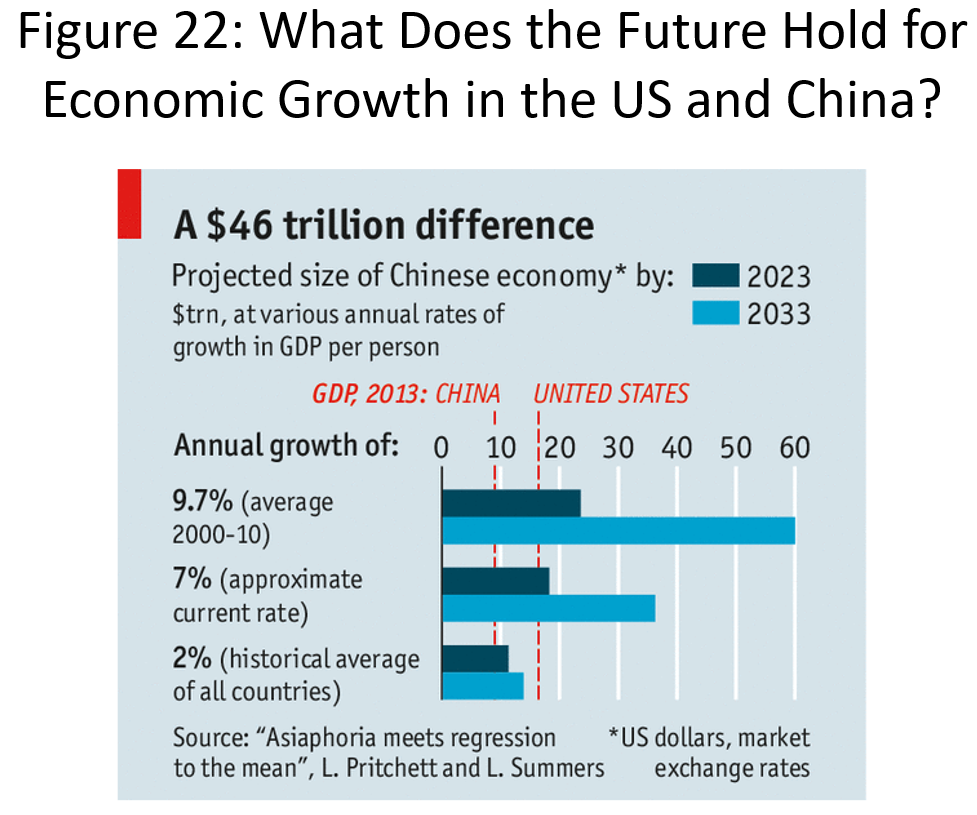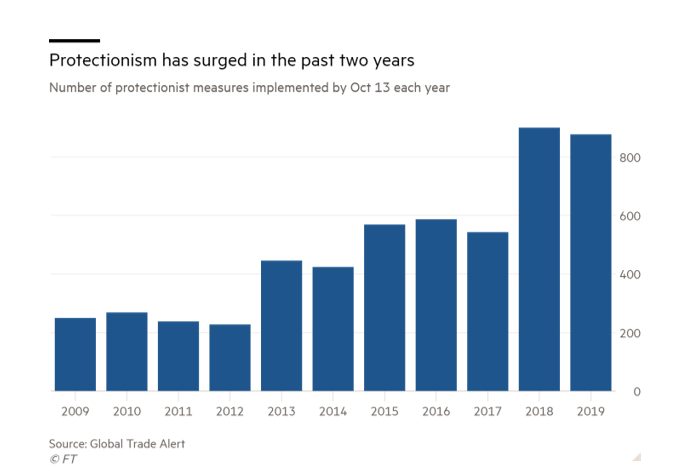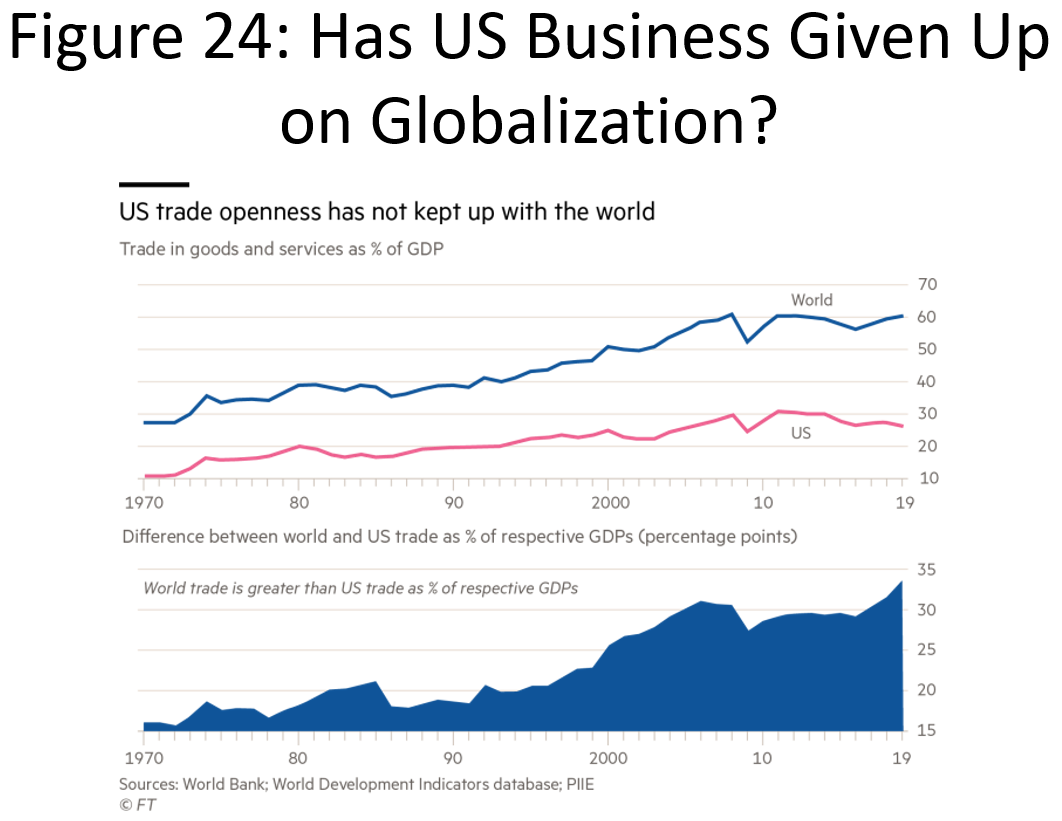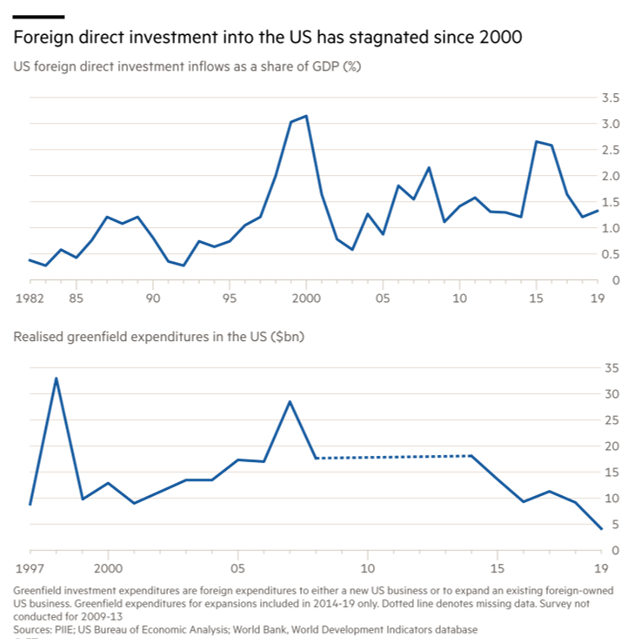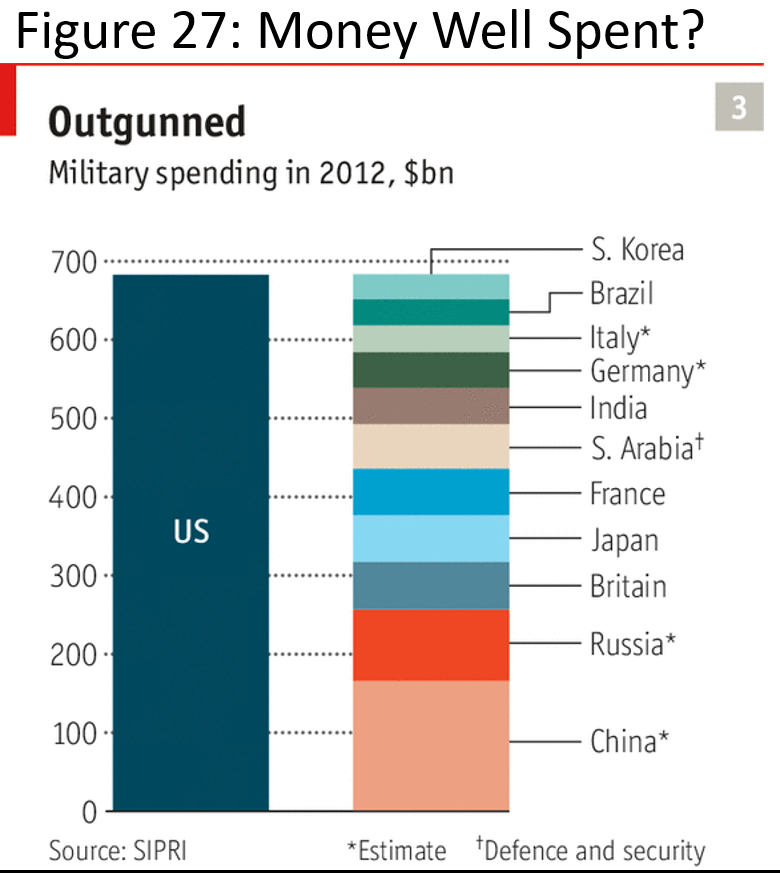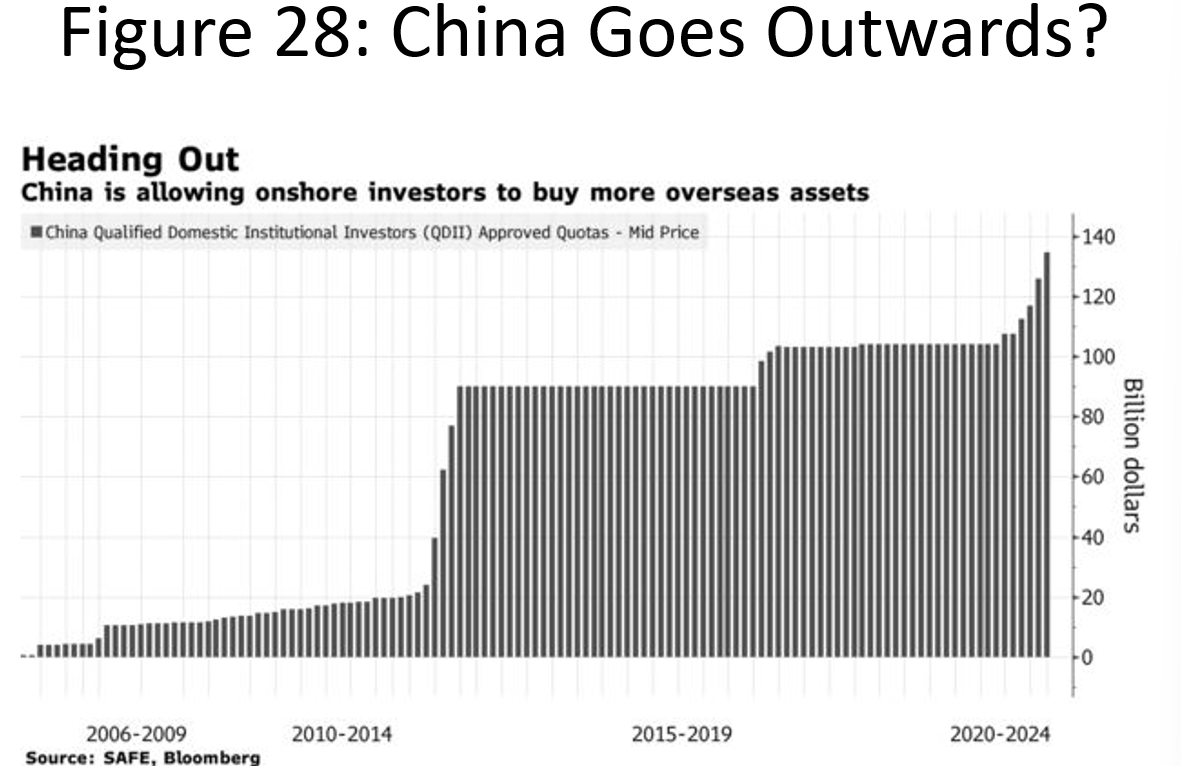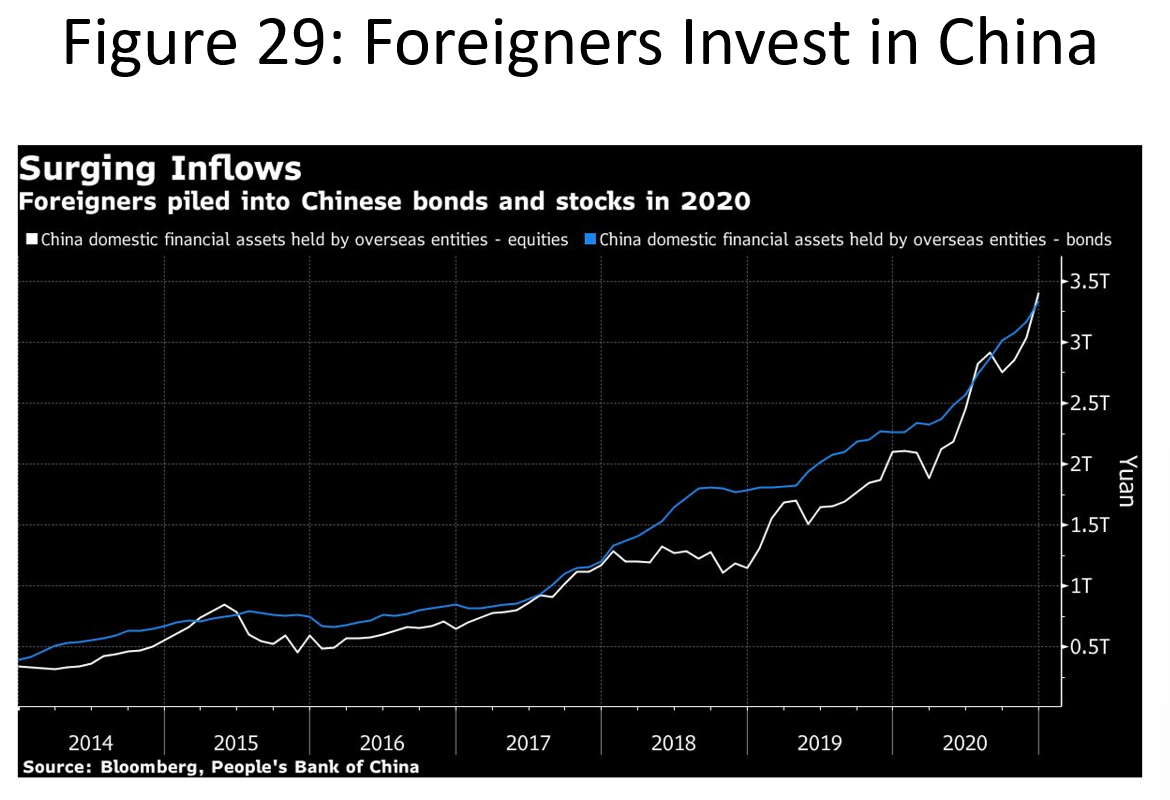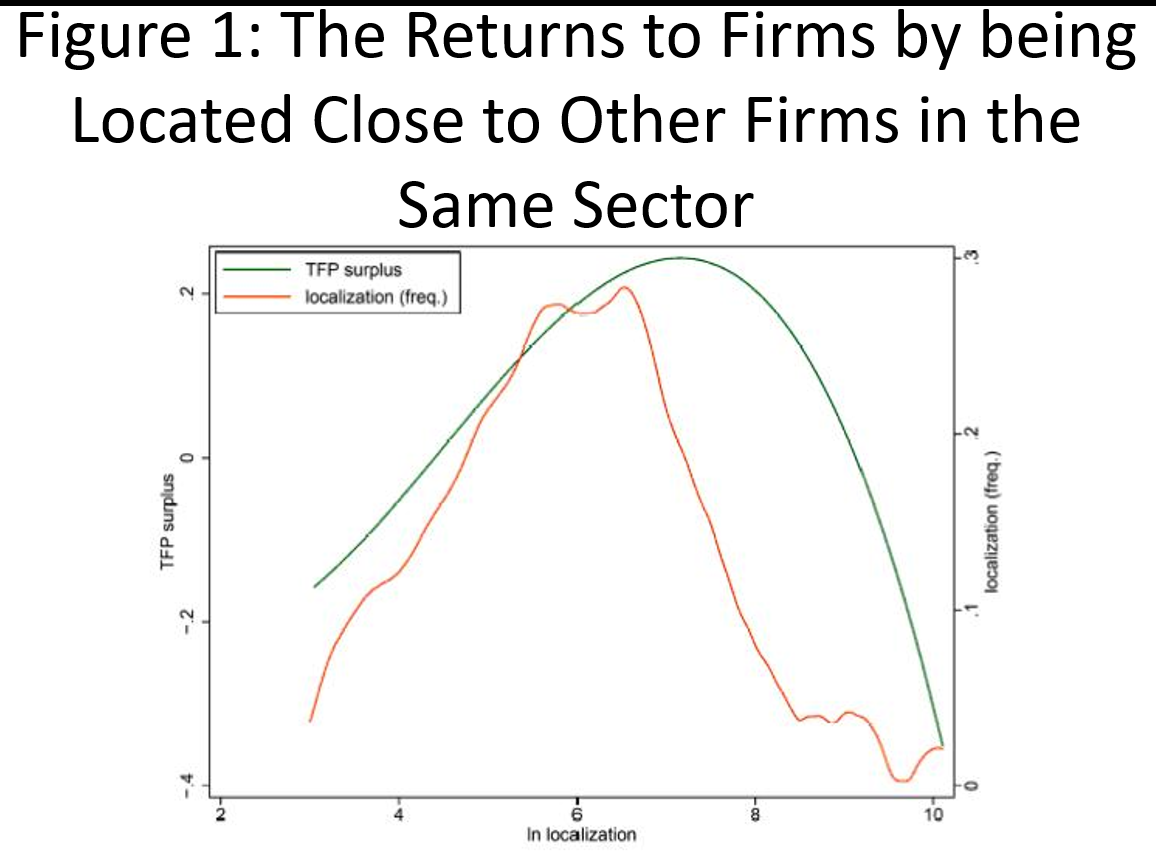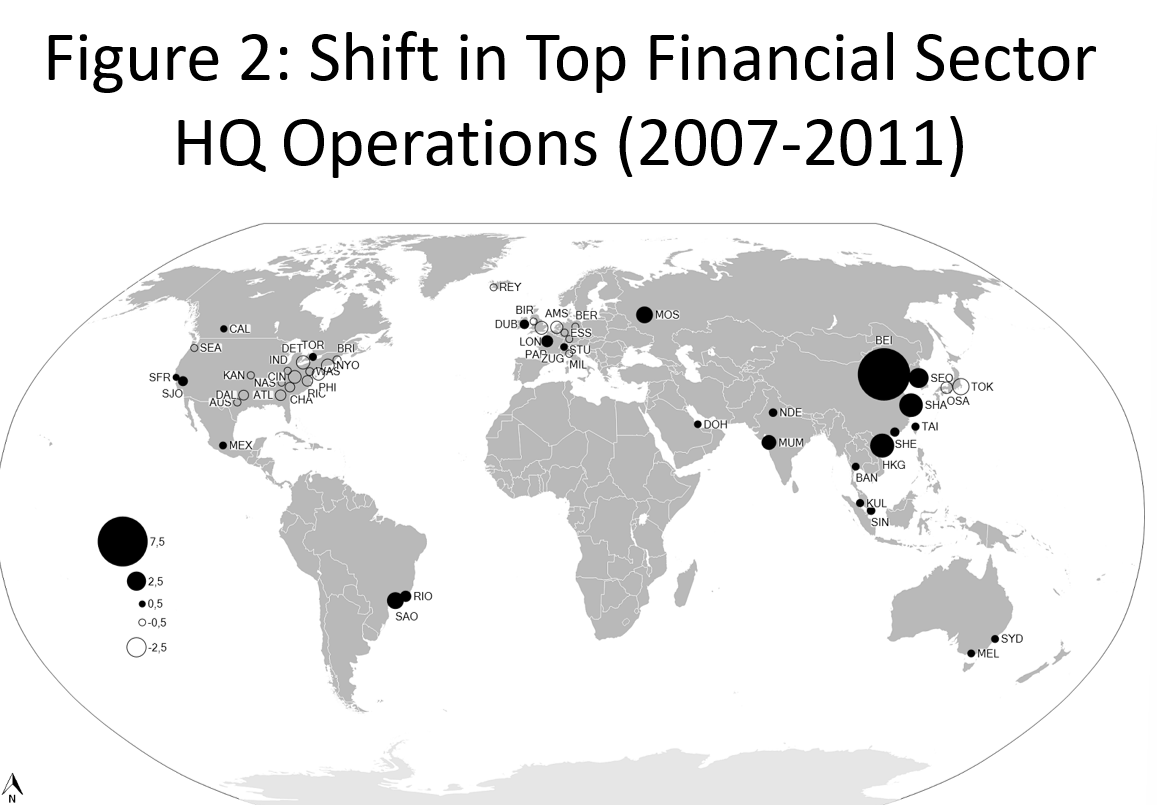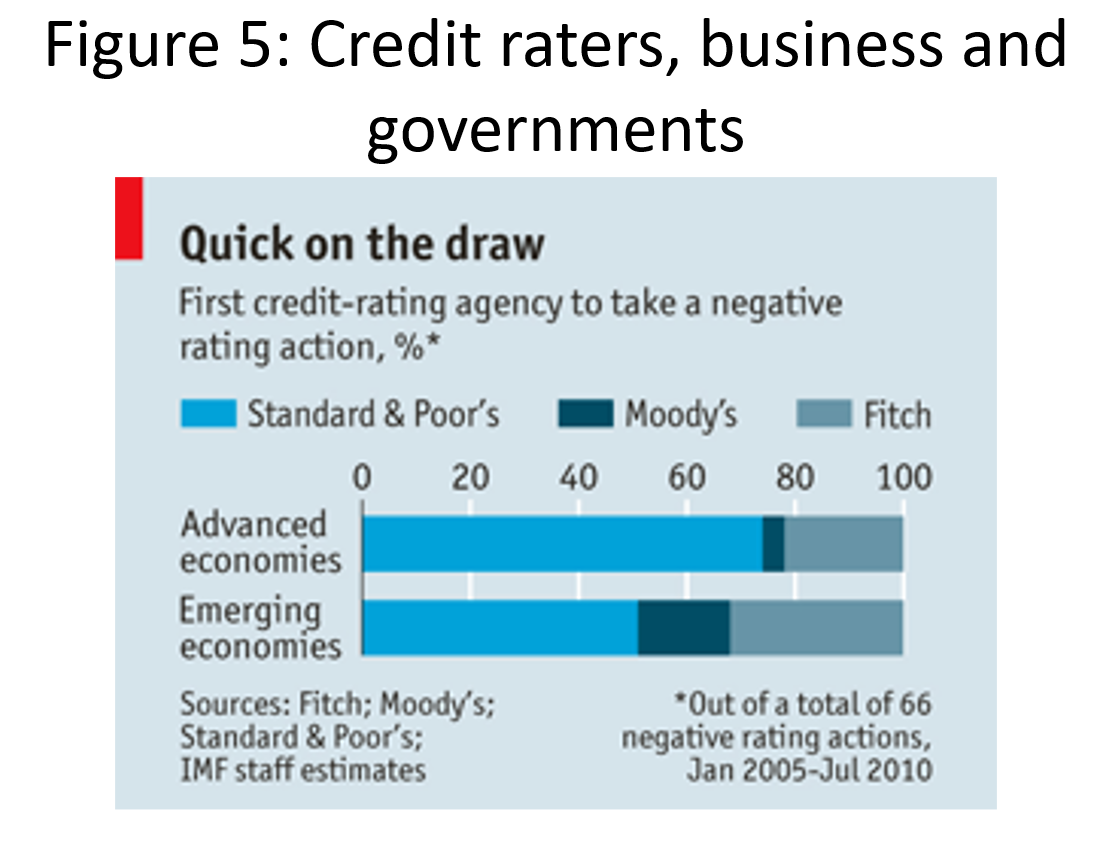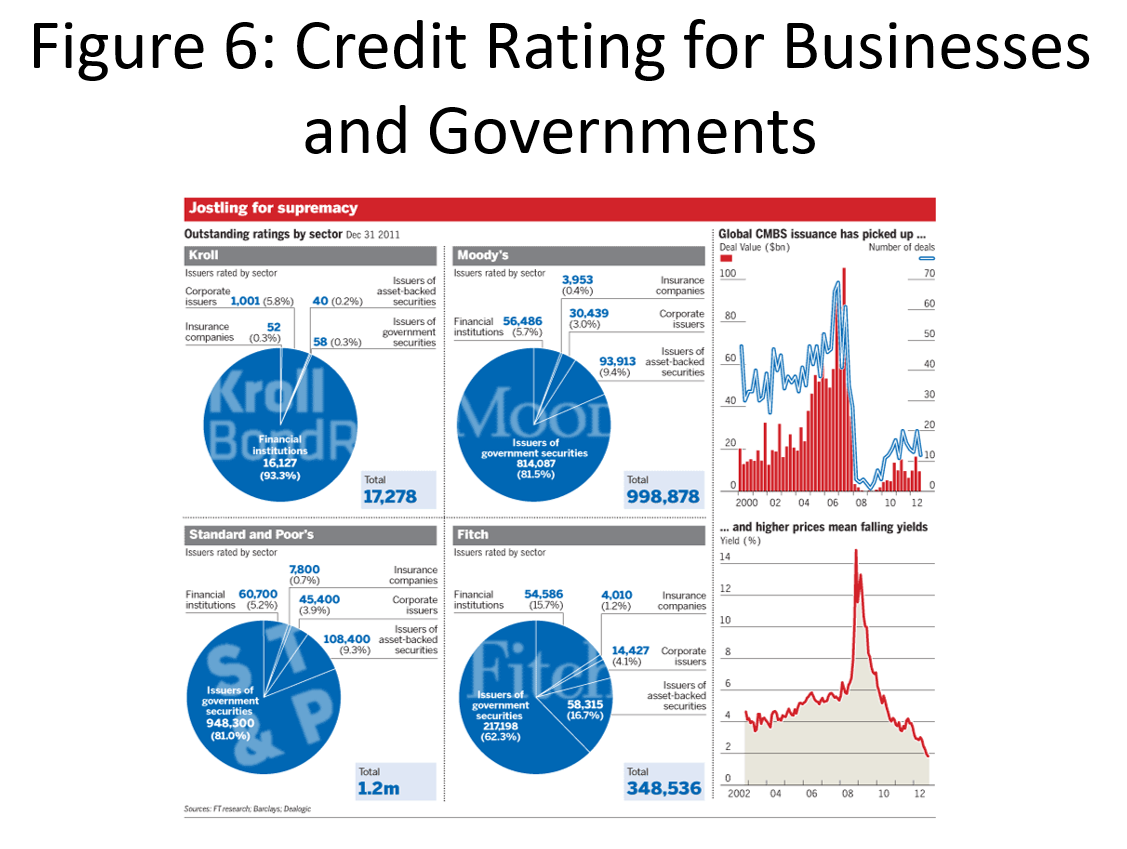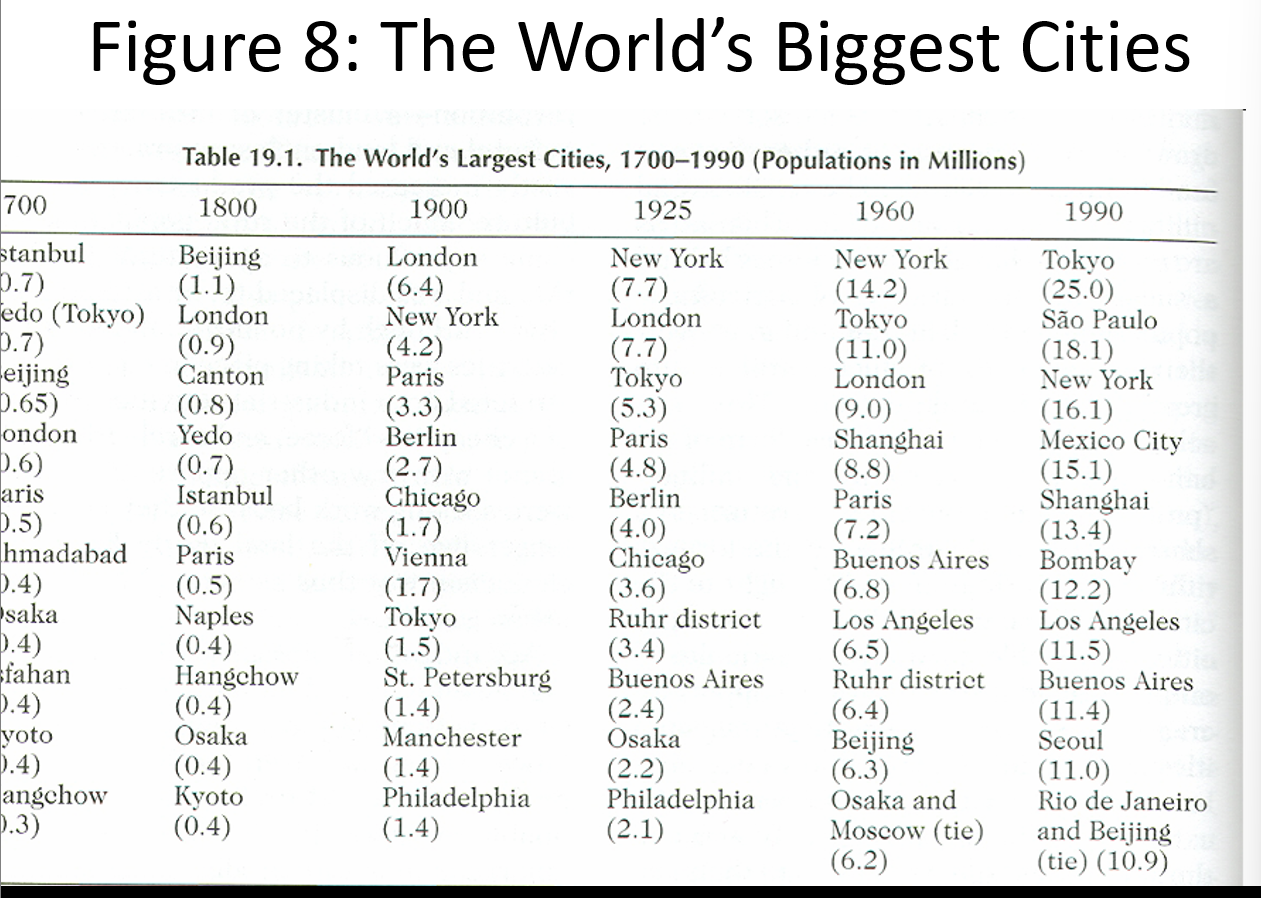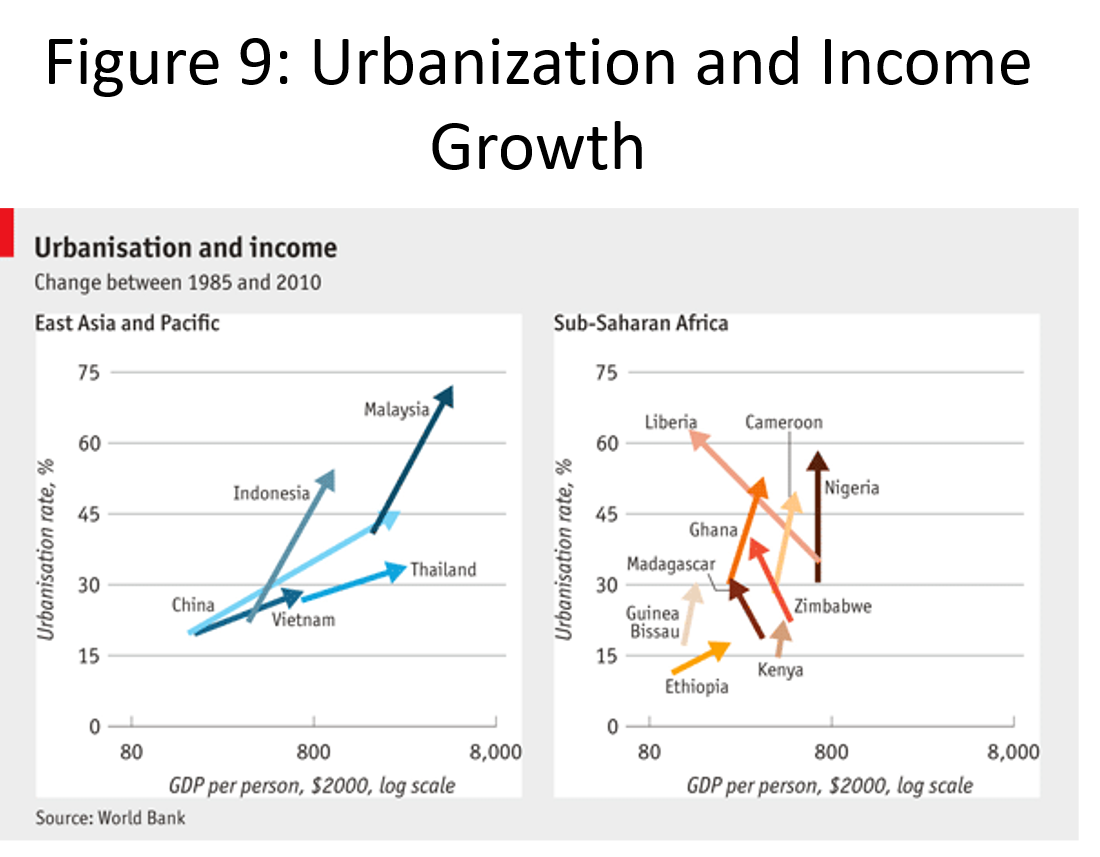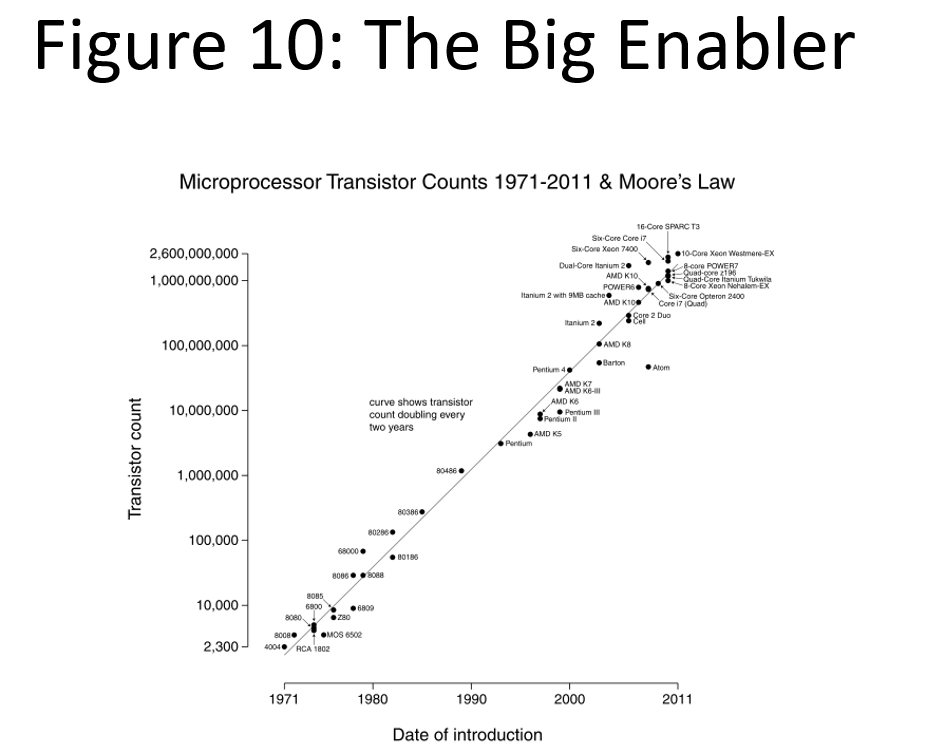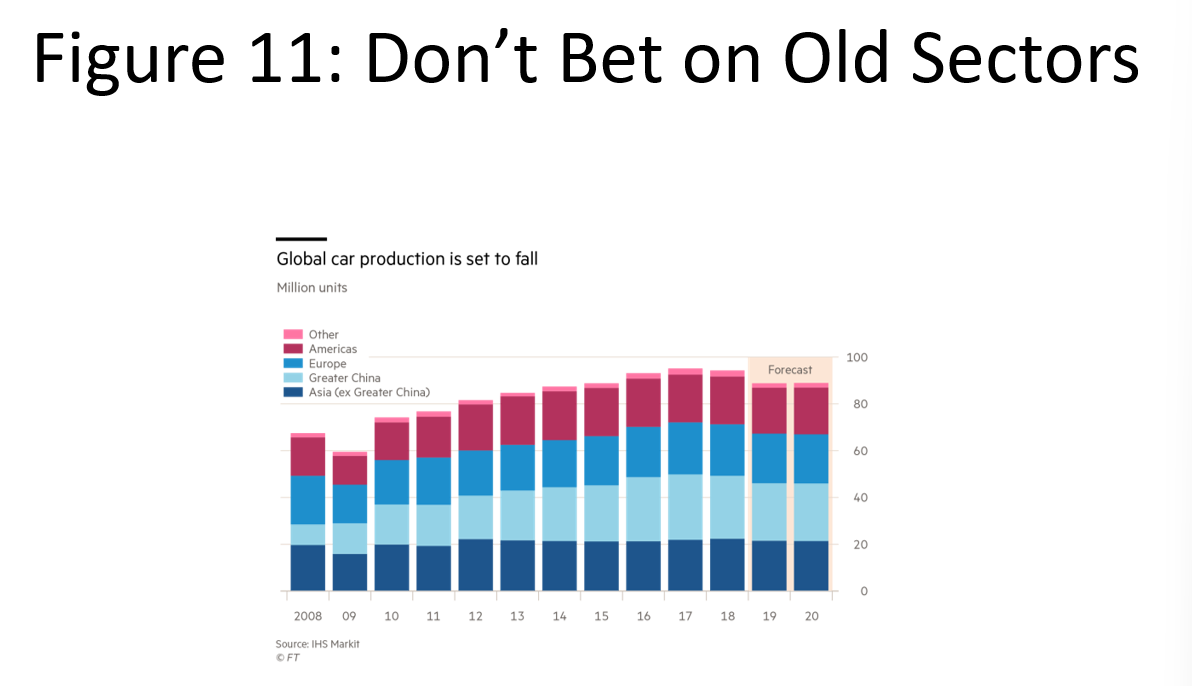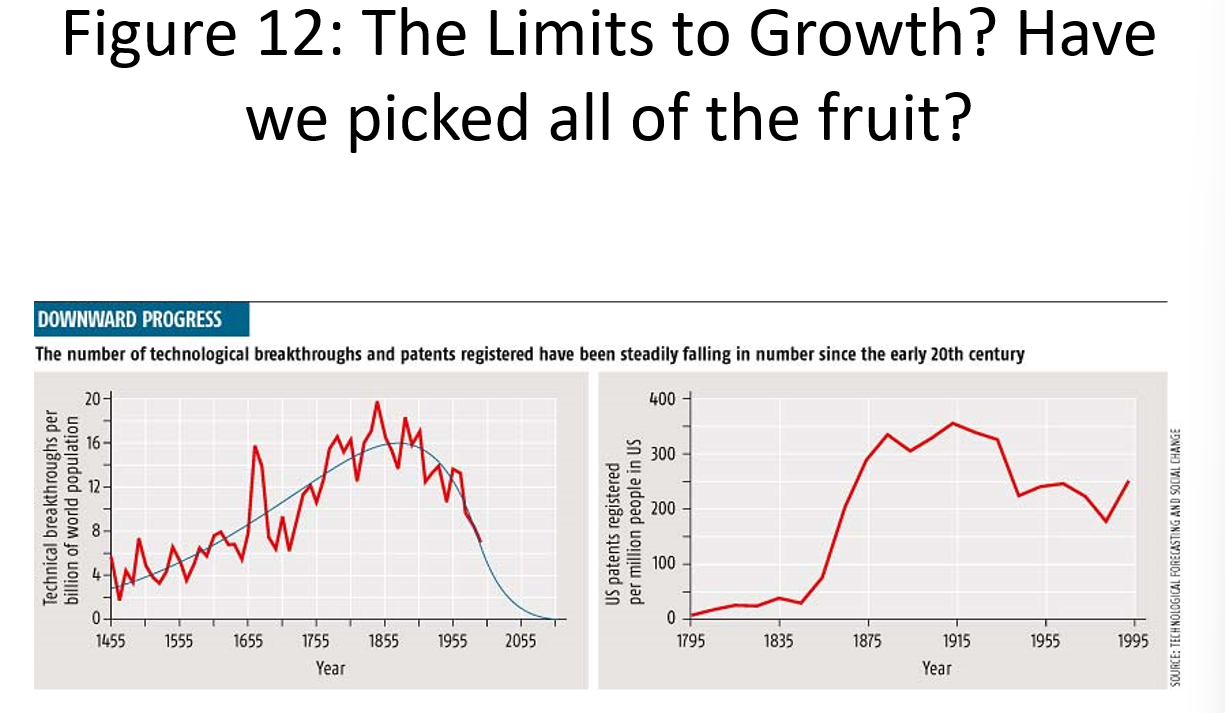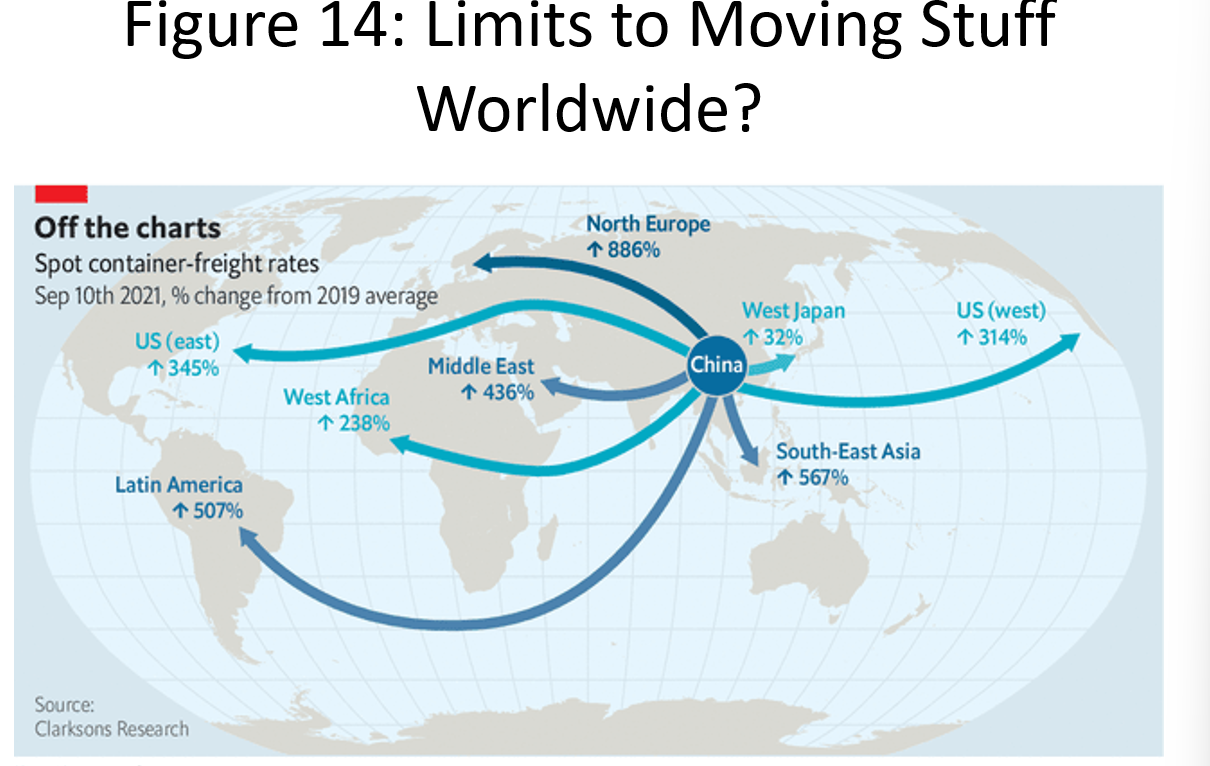19-20 - Geopolitics
ucla | GEOG 4 | 2023-12-06 01:56
Table of Contents
US and China in context
- 4 major geopolitical eras:
- European Colonialism: 1815-1875
- Inter-Imperial Rivalry: 1875-1945
- Cold War: 1945-1990
- Post-1990: Market access and networked power
- global supply chains etc, very diff to previous eras
- Focus points
- US decline?
- Rise of china?
- states and city-networks
- GDP vs GDP per capita
- Popularity of “Slipping US” and a “Rising China”
- manufacturing heft (but will change as the state becomes more advanced in technology)
- trading partners
- weight in world GDP and forex reserves
- drift eastward iun world GDP
- sovereign wealth funds
- IPOs
- world banking rankings
- innovation post fossil suels -> EV, sustainable
- investment source
- political reassertion -> looking forward, future china initiatves, etc.
- US fears conflict
Cons to “Rising China” -> Pros to “Slipping US”
- biggest companies still in US-based (may have large foreign asseets) and GDP and role of US$ as corporate trade
- China’s large but ageing population
- misrepresentation of graphs
- China won’t reach 60% of US’s per capita GDP until 2060 at current rate
- debt financing is a toll on Chinese businesses
- China lags in IT
- China may overtake US as largest economy by 2033 iff growth stays above 7% GDP growth per year
Critique of Comparison
- Might not be as useful as a comparison as we think:
- decoupling and protectionism
- world’s outlook and reliance on US
- US military spending may be overstretched
- China is becoming more invested in the world economy
- China-US compeition is anxious: each is inderdependent to each other and to the world economy
- US as the center of globalization may mistake China as one of the largest investors that allowed for its rise
- nation representation may be an issue: perhaps world-city system is a larger part of glboal economics, not just states
World-City System
- model for world economy supported by urban trade centers as megacities throughout the world instead of state-based trade; reasons:
- transport cost vs agglomeration econ
- cities as growth nodes
- east asia and southern hemisphere mostly sent forward by major cities
- world is less Euro-central and less focus on NA as large cities throughout the world create connectioncs and are organized around intercity networks
- east asia and southern hemisphere mostly sent forward by major cities
- privatization of political authority
- credit rating
- low tax jurisdictions
- credit rating
- megacities and evolving city-systems
- large cities without agglomeration economies
- technological limits to economic growth
- transport costs increasing
- Cities rule in the world economy with agglomeration economies
- cities are the dominant nodes of growth today more so than the past
- not all urbanization is productive in therms of growth and increasing incomes (most wages are down and standard of living falls)
- we may be coming to the limits to growth from technology and sustainability standpoints
- the biggest challenge to globalization
